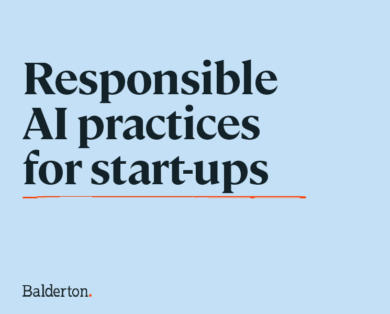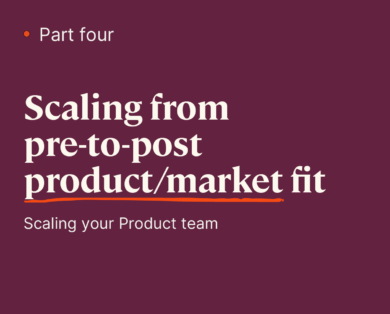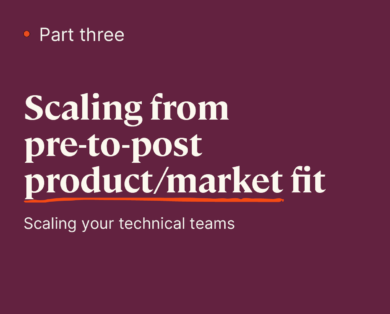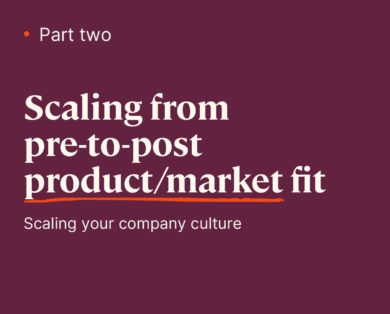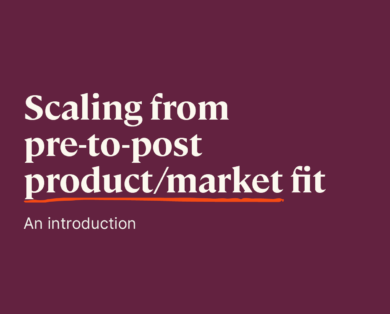- 15 January, 2025
Balderton’s Head of Impact & SFGs Elodie Broad shares her top tips for start-ups.
A recent Sifted article reviewed the ESG term sheet clauses of 20 VCs. Many, including Balderton’s, required portfolio companies to put in place an ESG policy.
Far more than just a VC box-ticking exercise – taking the time to put together a strategic, foundational ESG policy can generate significant value, and will help you grow as a thoughtful, fair and responsible business.
So what should you consider throughout this process, and what are the common pitfalls to avoid?
My top tips to get you started:
DO think carefully about language
While an ‘ESG policy’ will typically focus on business operations and culture, an ‘impact statement’ or ‘framework’ will articulate the impact the business is having in the world. Depending on your business priorities and stage, you may want to publish one, both or a combined hybrid version of these.
Choose your winning combination of ESG/Sustainability/Responsible Business/Impact and policy/framework/statement/ programme/manifesto/plan, to describe this one statement or document that articulates your awareness of and commitment to ESG and/or impact.
Giving your programme a specific name can help further personalise your efforts and get internal traction and buy-in. You could also consider tying it back to existing frameworks, such as the UN’s SDGs – a language for sustainable development spoken by many, globally.
DO tie it back to your core business
Start by acknowledging the need for greater sustainability globally and the role of business in shaping a more sustainable future, including your own company’s responsibility. From there, hone in on the opportunities for your business specifically. The more you can tie your sustainability narrative to your core products and services, the better.
The most successful, value creating ESG approaches are informed by materiality – that is, focusing on the ESG topics that matter the most to your business. To identify these, you need to combine two complementary lenses (also known as “double materiality”):
- What ESG topics are most likely to impact financial performance. This could be internal (e.g. diverse talent; data privacy management; energy bills) or external (e.g. social unrest; consumer sentiment; extreme temperatures) social and environmental trends.
- What ESG topics are most impacted by the organisation. Think about how the business impacts the world it operates in, be it people or planet, and the responsibility that comes with it.
Prioritisation is key to ensure that some progress is made, and that this progress is value adding. The relative importance of each theme depends on industry, products and business model, geography and growth stage.
An ESG policy is as much a ‘guiding compass’ as a communication tool.
DO involve your team
Don’t forget to ask your employees for their input. Employee engagement is vital for making sure your ESG policy actually becomes action – and doesn’t just sit untouched collecting dust.
Lead from the top and add a quote from your founders or CEO (but only if they mean it!)
DON’T claim to have it all figured out
Let’s be honest, none of us do. Authenticity and humility are your best friends. Avoid lofty statements or pretending that you’re ‘working on something’. Acknowledge that this is a journey and that you’re learning as you go. Even some of the most mature and advanced businesses on this agenda talk about climate action, diversity and other sustainability topics as a journey and ‘learning out loud’.
Importantly, a policy should be a living document, acknowledging that it is all work in progress and including a commitment to revisit and update it at least annually. Over time, your ESG policy should evolve to be incorporated into an annual sustainability report.
DON’T leave it too late
An ESG policy is as much a ‘guiding compass’ as a communication tool. As your company grows and scales, retrofitting a policy will become increasingly complicated and onerous.
Publishing a policy early on is a great way to:
- Introduce a shared understanding and common definitions internally
- Signal awareness and intent externally
- Create a structure to drive your goal setting, delivery and reporting efforts forward, and ensure ESG is embedded into your business growth
DON’T overcomplicate it
Keep it simple and forget the quest for uniqueness – prioritise something that will work for your business and your people, and can be easily actionable.


